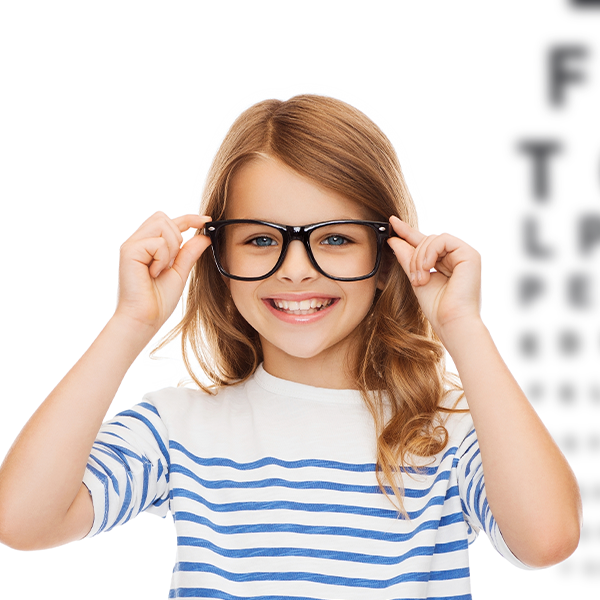
Are Learning-Related Vision Problems Affecting Your Child’s Ability to Learn?
It’s well known that conditions like nearsightedness, farsightedness, and astigmatism affect a child’s ability to learn. Visual aids, such as glasses and contacts can address these problems. But what if your child still struggles in the classroom after getting glasses?
It may surprise you to know that how your child’s eyes interact with her brain can also impact her learning abilities. In fact, other types of vision-related problems can make learning difficult. Here, an Annapolis, MD optometrist talks about learning-related vision problems and signs to watch for in your child.
What Are Learning-Related Vision Problems?
Vision problems have to do with abnormalities in the way the eyes function and how the brain and eyes work together to process visual information. Difficulty seeing objects in the distance or close up results from the structures that make up the eye, such as the cornea and retina. On the other hand, how well your eyes and brain work together to process visual information depends on a range of factors, including:
- Eye teaming or how well the eyes work together
- Focusing ability
- Fine eye movements
- Eye tracking, or how the eyes move from one point to another
- Eye-hand coordination
- Peripheral awareness
Interestingly, each of these tasks impacts your child’s ability to take in information as well as her ability to relate incoming information with things she’s already learned. Considering that roughly 80 percent of what your child learns in the classroom is presented visually, even seemingly minor difficulties can greatly affect her ability to learn, let alone keep up with her classmates.
Signs Your Child May Have Learning-Related Vision Problems
Children will likely show signs of a learning-related vision problem in their behavior and in how they interact with learning materials. For instance, behavior-wise, a child with eye teaming problems may close or cover one eye when reading. Interaction-wise, she may use her finger to keep her place as she reads words across the page if eye tracking is a problem.
Here are a few other signs to watch out for:
- Frequently loses her place when reading
- Skips lines when reading
- Has difficulty recognizing letters, words, or simple shapes
- Short attention span
- Blurry vision
- Tires quickly when reading
- Gets headaches when reading
- Poor reading comprehension
- Sloppy handwriting in cursive
- Problems staying between the lines when writing
Harmful Effects of Learning-Related Vision Problems
When left untreated, the effects of learning-related vision problems can impact her scholastic abilities, and also her sense of well-being. For children who experience problems with writing, reading, and math in grade school, learning only gets more difficult in the middle school and high school years.
If you have more questions, or suspect your child may be showing signs of learning-related vision problems, please don’t hesitate to reach out to our Annapolis, MD optometrist office for more information or to schedule an appointment.










